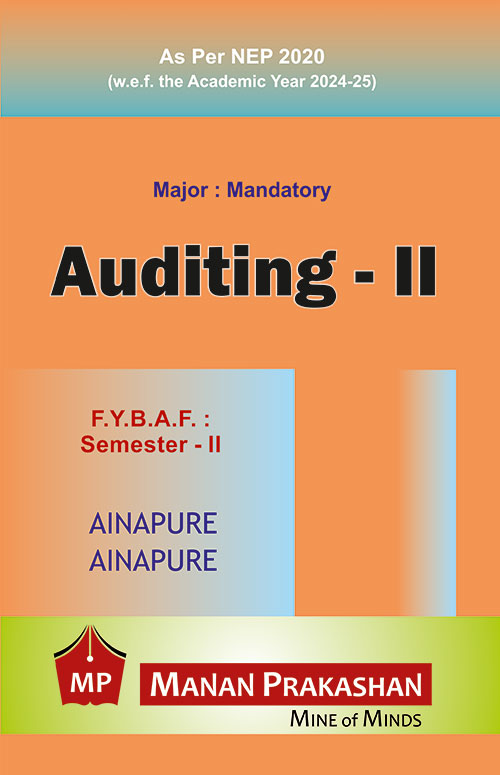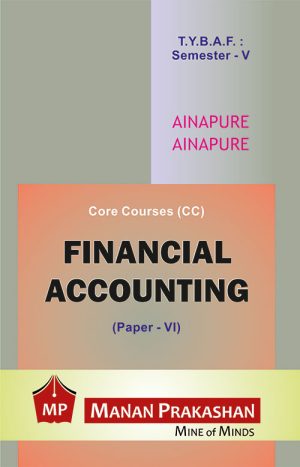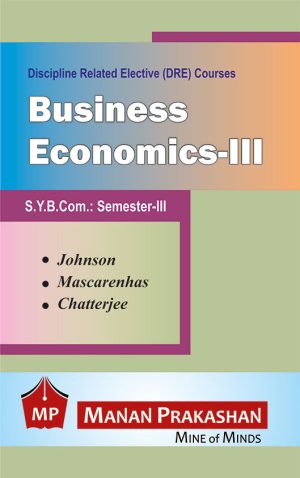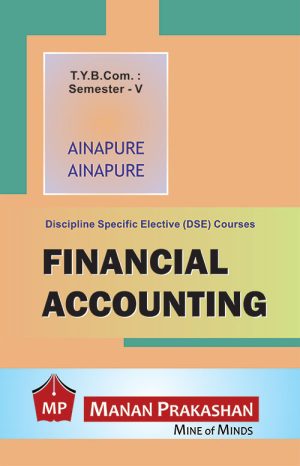Description
Auditing – II
(Introduction and Planning : Paper I)
FYBAF Semester II
As Per NEP 2020
(w.e.f. the Academic Year 2024-25)
Syllabus
Module 1 :
Unit I : Auditing Techniques 15 Hours
♦ Test Check : Test Checking vs Routing Checking, Test Check Meaning, Features, Factors to be Considered, When Test Checks can be used, Advantages, Disadvantages and Precautions
♦ Audit Sampling : Audit Sampling, Meaning, Purpose, Factors in Determining Sample Size – Sampling Risk, Tolerable Error and Expected Error, Methods of Selecting Sample Items, Evaluation of Sample Results, Auditors Liability in Conducting Audit Based on Sample
♦ Internal Control : Meaning and Purpose, Review of Internal Control, Advantages, Auditors Duties, Review of Internal Control, Inherent Limitations of Internal Control, Internal Control Samples for Sales and Debtors, Purchases and Creditors, Wages and Salaries, Internal Checks vs Internal Control, Internal Checks vs Test Checks
Unit II : Reading of Ledger Account 5 Hours
♦ Reading of Ledger like Purchase, Sales, Assets, Liabilities
♦ B/R, B/P, Cash Book [Practical Questions should be Asked on Reading of Ledger Accounts]
Module 2 :
Unit III : Vouching 5 Hours
♦ Audit of Income : Revenue from Sales and Services, Rental Income, Interest & Dividends Income, Royalties Income, Recovery of Bad Debts Written Off, Commission Received
♦ Audit of Expenditure : Purchases, Salaries & Wages, Rent, Insurance Premium, Telephone Expense, Petty Cash Payment, Advertisement, Travelling Salesmen’s Commission, Freight, Carriage and Custom Duties
Unit IV : Verification 5 Hours
♦ Audit of Assets : Plant & Machinery, Furniture and Fixtures, Accounts Receivable, Investments, Inventory, Goodwill, Patent Rights
♦ Audit of Liabilities : Outstanding Expenses, Accounts Payable, Secured Loans, Unsecured Loans, Contingent Liabilities, Public Deposits






Reviews
There are no reviews yet.